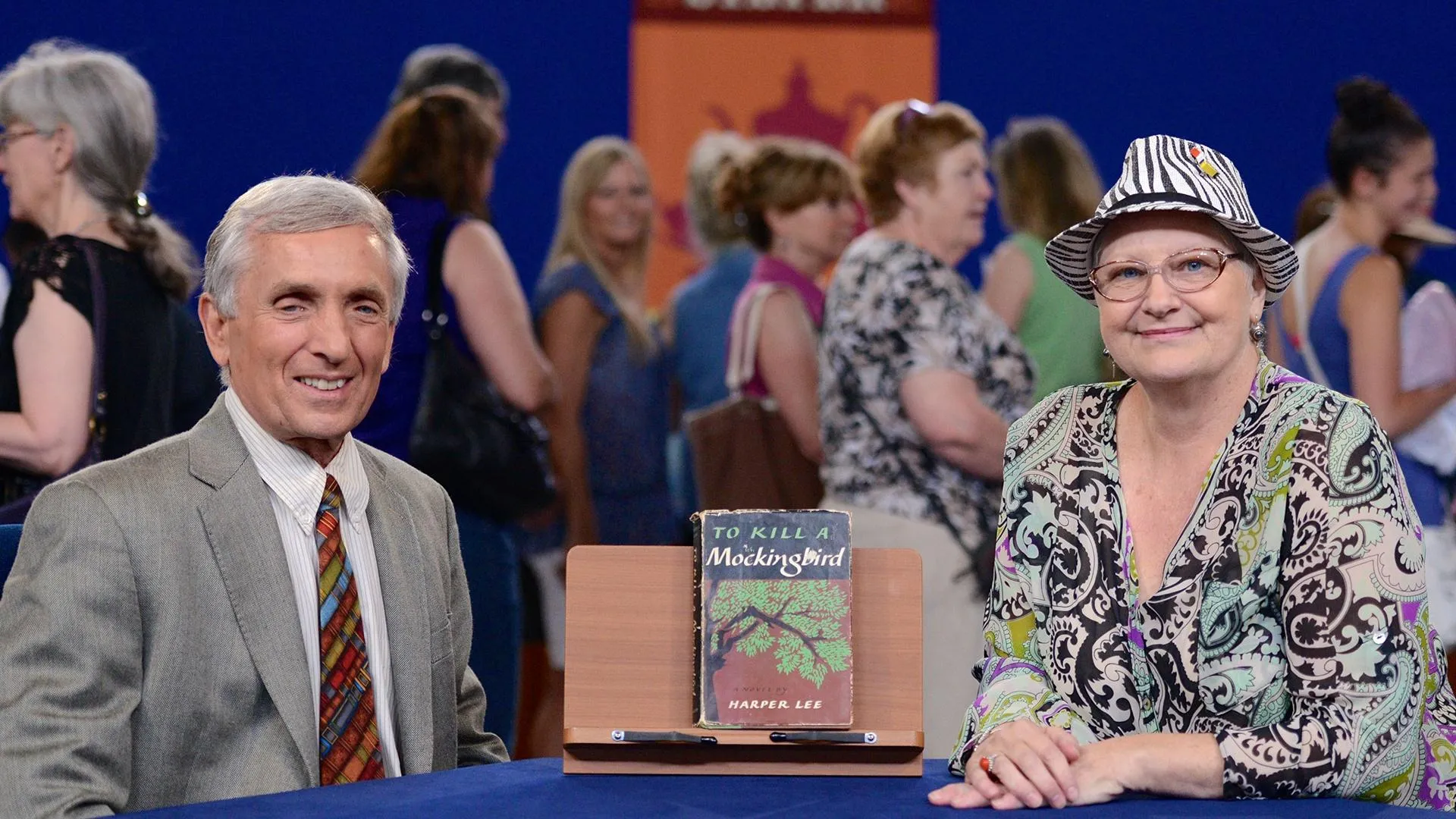GUEST: These are paintings that my parents bought in the 1960s. They were in the military, stationed at Upper Heyford RAF outside of Oxford. And they did a lot of antiquing on the weekends, and they bought these about 1964. And mother rescued them from someone's shed at an antique shop there. We have had them for about ten years. We've never had an appraisal on them. In fact, we didn't even know who did them until my daughter a couple years ago at Thanksgiving found the signature at the bottom. She said, "You really need to check into this." So that's why I'm here.
APPRAISER: Well, they're both signed and dated Frank Bramley. This is the date here, 1887. And then the other on the other side. And that's a year before he really sort of exploded onto the scene. His big fame started in 1888. Frank Bramley is an English artist, and he took a great deal of his training at the Royal Academy, and he also spent a while in Venice. And he came to Cornwall as part of the Newlyn School in 1884, so just a few years before these were painted. And he's very well-known for genre scenes, figures, mostly interiors. These are a little unusual in that they are in the woods here are two little urchins. When you got them do you know if they were in these frames?
GUEST: When I got them they were, but my parents had come back from England. I don't know what they were in originally.
APPRAISER: Because these are liners, they're not actually entire frames.
GUEST: Oh really?
APPRAISER: They should be even bigger. This would just be the innermost portion of a large frame.
GUEST: Uh-huh.
APPRAISER: So you'd have another seven or eight inches on each side of these paintings. These paintings are executed oil on canvas. They're both charming pictures. I think at auction right now in 2014 we would suggest that you keep them together as a pair. And we think an appropriate auction estimate would be $25,000 to $35,000.
GUEST: Wow, fantastic.
APPRAISER: Now, one of the things that's weighing heavy on that price is the fact that they were in a shed. And we can tell. It's got... they've got some problems. The biggest one is right here. We've got a complex tear that has been repaired. We also have a great deal of separation cracking here. We have craquelure, we have stretcher bar marks. As far as the list of things that could go wrong, they've all gone wrong. But that being said, none of it is catastrophic.
GUEST: Well, thank you very much. Now, they're just cherished family pieces that we will continue to enjoy.











